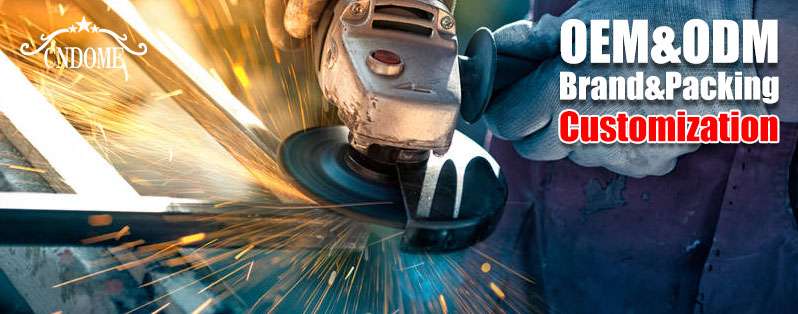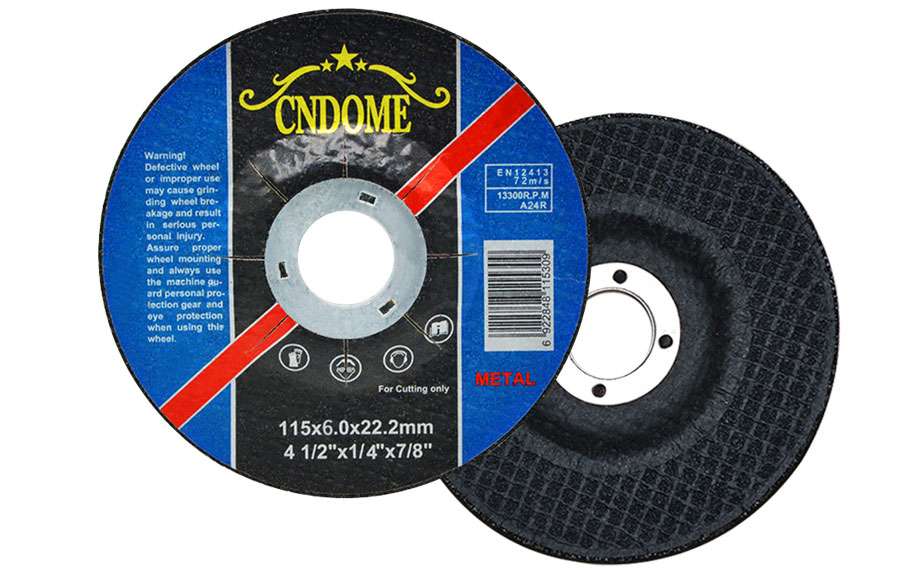Grinding wheels are indispensable tools in various industrial and manufacturing processes, designed to efficiently remove material from a workpiece or sharpen tools. These wheels come in a variety of materials, each tailored to specific applications based on hardness, durability, and the nature of the material being ground. Here’s a comprehensive look at some common materials used in grinding wheels:
1. Aluminum Oxide:
- Properties: Aluminum oxide (Al2O3) is the most common abrasive used in grinding wheels. It is versatile, durable, and offers excellent hardness and cutting ability.
- Applications: Ideal for grinding ferrous metals, high-tensile materials, and hardened steel. It’s also used in general-purpose grinding.
2. Silicon Carbide:
- Properties: Silicon carbide (SiC) is harder and more brittle than aluminum oxide. It is capable of grinding non-ferrous materials effectively.
- Applications: Used for grinding cemented carbides, titanium alloys, and ceramics. It’s also suitable for non-ferrous metals like brass and aluminum.
3. Cubic Boron Nitride (CBN):
- Properties: CBN is an extremely hard material, second only to diamond in hardness. It offers superior abrasion resistance and thermal conductivity.
- Applications: Primarily used for grinding hard ferrous materials such as high-speed steels and superalloys. CBN is also used in grinding heat-sensitive materials due to its low thermal conductivity.
4. Diamond:
- Properties: Diamond is the hardest known material and provides exceptional hardness and wear resistance.
- Applications: Mainly used for grinding non-ferrous materials, ceramics, glass, stones, and composites. Diamond wheels are also used for grinding cemented carbides and cutting tools.
5. Ceramic Aluminum Oxide:
- Properties: A variation of aluminum oxide with enhanced toughness and durability.
- Applications: Suitable for grinding stainless steel, tool steel, and other ferrous metals where cool cutting is essential.
6. Zirconia Alumina:
- Properties: Combines the toughness of aluminum oxide with the micro-crystalline structure of zirconia.
- Applications: Used for heavy-duty grinding operations on steel and stainless steel. It offers good cutting ability and longevity.
7. Superabrasives (e.g., Borazon):
- Properties: Synthetic materials that are exceptionally hard and wear-resistant.
- Applications: Used for high-precision grinding applications, such as grinding hardened steels, aerospace alloys, and ceramics. They provide high material removal rates and dimensional accuracy.
Choosing the Right Material:
Selecting the appropriate grinding wheel material depends on several factors:
- Workpiece Material: Different materials require specific abrasives to achieve optimal results.
- Grinding Conditions: Consider factors like coolant availability, grinding forces, and heat generation.
- Wheel Specifications: Size, shape, and bonding type also influence material selection.
Conclusion:
Grinding wheel materials play a crucial role in determining the efficiency and effectiveness of grinding operations across various industries. Understanding the properties and applications of different materials helps in selecting the right grinding wheel for specific tasks, ensuring superior performance and longevity.
Whether you’re grinding metals, ceramics, or composites, the choice of grinding wheel material can significantly impact productivity and quality, making it essential to match the abrasive properties with the demands of the job at hand.


